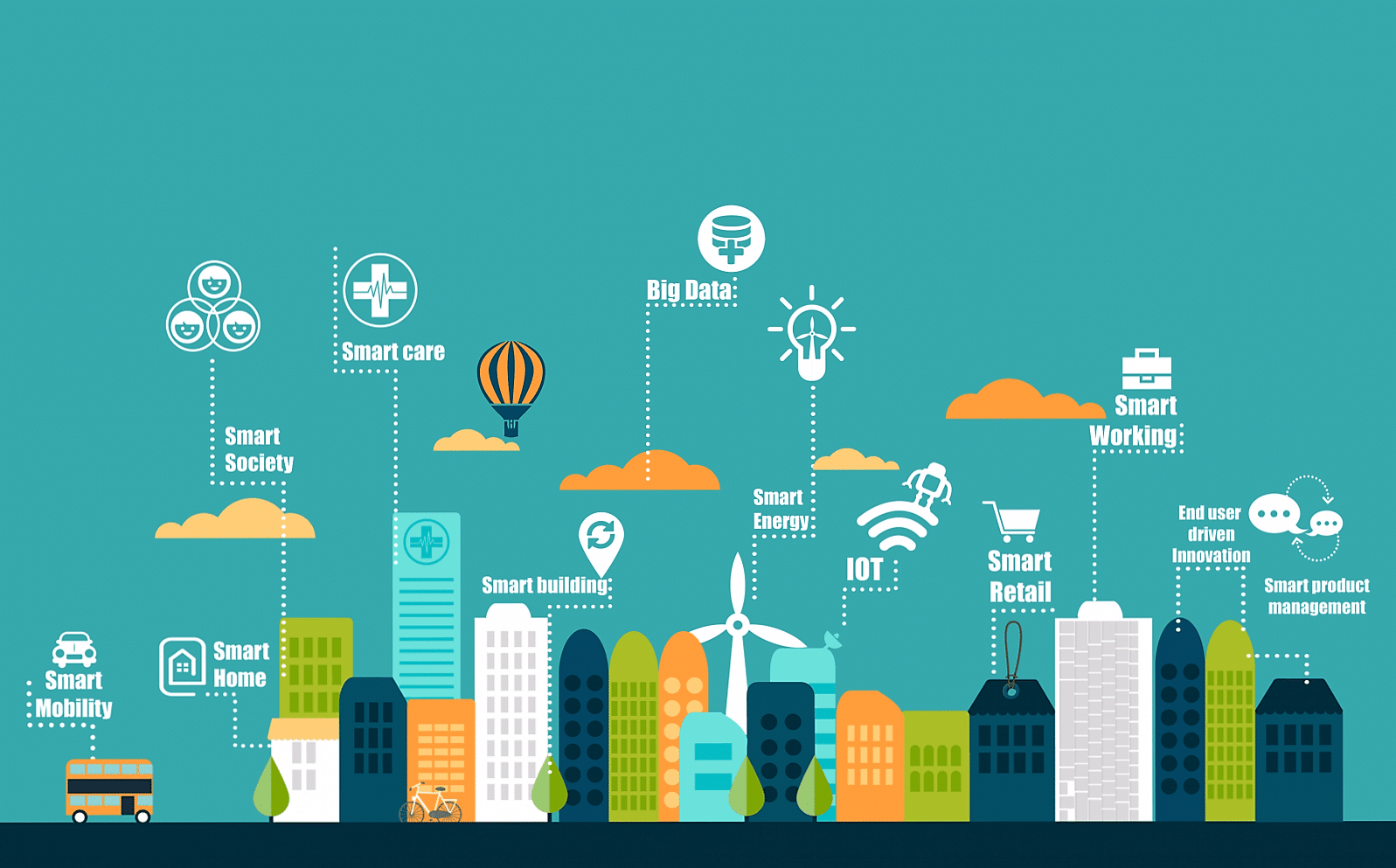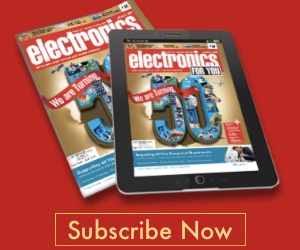Ms. Sapna Mongia, Head-Technical Marketing and Application, Industrial and Power Discrete Group business, STMicroelectronics, India, shares her insight on path breaking technologies that are shaping up smart cities across the globe as we speak

What are the broad (non-proprietary) technologies available for Smart City segment?
A Smart City is a domestic, urban, or industrial environment that uses devices and sensors installed in various locations or objects as part of a coherently and cohesively-managed network. In smart cities, data coming from the various ‘urban’ nodes can be used for efficient energy management, reduced environmental footprint, and improved maintenance of public infrastructure and buildings.
To convert a city to a smart city you need an IoT network comprising MCUs, sensors, Communication ICs, and power ICs, with extensive software. The total solution also comprises an integrated wireless sensor network platform that can monitor, control, and deliver Smart-City information and services. The platform can also be interfaced to motion, environmental sensing, and proximity sensor boards. The use of integrated technology platforms that are easily accessible across various devices provides access, transparency, speed and participation to public services. Conceptually, the Smart City will provide access to a range of networks offering applications that will provide exceptional efficiency for services.
Smart Cities will offer-
- Smart public lighting, smart power and gas metering, smart sensor nodes, smart buildings, smart parking, E- mobility, smart health care and smart garbage to efficiently improve smart city convenience and quality of life.
- Cutting-edge sensors and video authentication technology using RFID and Wireless sensor networks for advanced authentication.
- Continuously authentication of data acquired by sensors via location and condition validity checks. Since the amount of urban authentication data in a Smart City can be enormous, advanced NEC authentication technologies renowned for high-speed processing and precision are being employed to ensure genuine real-time authentication.
- Monitoring the normalcy of sensing, authentication, control and other conditions, so that alerts can be reported in real time to the required locations upon detection of anomalies.
- Cloud computing
What would be the single most groundbreaking achievement Smart City could achieve?
A Information Technology is changing the evolution of cities. The notion of “growing” cities based on implementing appropriate urban planning is being expanded to include the idea of making a city “smart.” The Internet is enabling planners to consider the physical planning of a city as well as using Information Technology to make the economy, environment, mobility and governance more efficient and effective.
When considering the implementation of a smart ICT plan for a city, the first step for any policymaker is to foster the development of a rich environment of broadband networks that support digital applications, ensuring that these networks are available throughout the city and to all citizens. In addition to wired broadband networks, wireless broadband is becoming even more in demand, especially with the popularity of mobile applications, smartphones, the connectivity of smart devices, and the Internet of Things (IoT), as well as the increasing adoption of sensors and radio frequency identification (RFID). The use of Smart Devices and Agents and the accessibility of Data are essential for cities looking to become smart
Another example: Today’s smart solutions are enabling city leaders to reduce energy consumption and save money by upgrading municipal street lighting. LEDs are more efficient than incandescent, low-pressure sodium, and high-intensity discharge streetlights. In conjunction with a smart power supply, LED street lamps become intelligent devices that can gradually increase their brightness as daylight fades and automatically dim as the sun rises. They communicate with the smart grid and illuminate the path to the smart city. Digitally-controlled lighting is key to saving energy in outdoor lighting installations. ST’s plug-and-play solution can support power line modem and wireless modules for connectivity with the smart grid. As a result, many cities around the world are progressively adopting LED technology. For example Boston, Massachusetts had converted 40% of its electric streetlamps to LEDs and by the end of 2012 was already seeing annual electricity costs saving that were equivalent to 35% of that expense.














